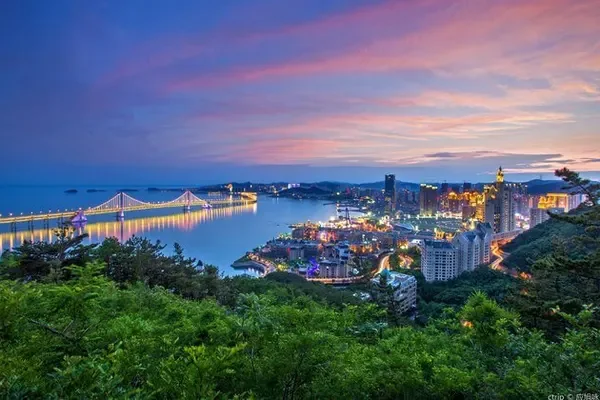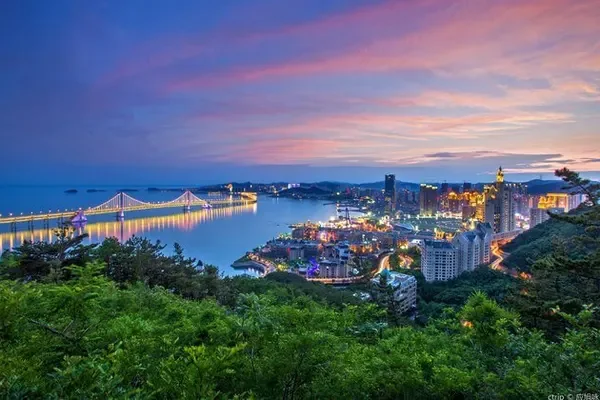Tibet, a holy place for travel in the hearts of countless people! The self-driving 318 Sichuan-Tibet line is undoubtedly a good way to get in touch with Tibet. On this road, I don't need to care about where the scenic spots are, because the most indispensable thing along this road is the natural beauty, and Ranwu Lake is one of them!

Ranwu Lake, a well-known lake in Tibet, is located in the southwest corner of Basu County, Qamdo Prefecture, about 90 kilometers away from Baima Town, Ranwu Township, the county seat. Because it is close to the 318 Sichuan-Tibet line, it is known by many tourists who take the Sichuan-Tibet line.

Before I came to Tibet, I had heard the name of Ranwu Lake. I thought it was a very mysterious and restrained lake, but the first sight I saw it completely changed my mind. Its posture is open and open, and it just stays quietly by the roadside as it clings to the road, waiting for the arrival of everyone with open arms.

If the Sichuan-Tibet line is a necklace, then Ranwu Lake is a gemstone pendant. What's more, it looks green from a distance, but clear blue when viewed up close! Standing on the shore, looking from a distance, the calm lake looks like an emerald, but when I walk down to the lake, it is blue when I look closely, and the stones and branches under it can be clearly seen, drunk !

There are glaciers that share pictures with Ranwu Lake every moment! Around it, glaciers develop on peaks above 5,000 meters above sea level, with the famous Lagu Glacier in the north and Azagonla Glacier in the south. The ever-changing scenery always attracts the attention of tourists, echoing the lake.

The scenery of Ranwu Lake, which is sandwiched between high mountains, is wonderful. How should I say it? Here, there are not only dangerous and steep alpine glaciers, but also many coniferous forests such as coniferous forests, such as conifers and cypresses, which are dense and unimaginably green. All the trees looked like they had been negotiated, growing neatly and looking very cured.

Ranwu Lake on the plateau has an altitude of 3,850 meters, and the water temperature in summer is between 6.6-15.4°C. It is very cold to the touch. Even in summer, standing by the lake, I am wrapped in a whole body The clothes still feel cold, after all, the wind is blowing wildly for a second.

How did Ranwu Lake come about? In fact, the largest lake in eastern Tibet is a barrier lake formed by landslides or mudslides blocking the river. Compared with its surroundings, the lake is at a lower altitude, so the melted water from the surrounding snow-capped mountains constitutes the main supply water source of Ranwu Lake, and the lake water pours westward to form one of the upper sources of Palong Zangbo, an important tributary of the Yarlung Zangbo River, a famous river in Tibet.

It is said that Ranwu means "a lake where corpses are piled up together", which sounds a little scary, doesn't it? In fact, this is related to its legend. It is said that a long time ago, there was a buffalo in the lake and a yellow ox on the shore of the lake. They wrestled with each other and turned into a mountain after death.

Like many scenery along the Sichuan-Tibet Highway, Ranwu Lake is free, and you can enjoy the beautiful scenery without tickets. There is also a self-driving camping base for RVs, and tourists can also choose to rest here. In short, the beauty of this "big gem" of Ranwu Lake is not stingy, and you can see the different beauty from different angles, let's see which side you will find!

